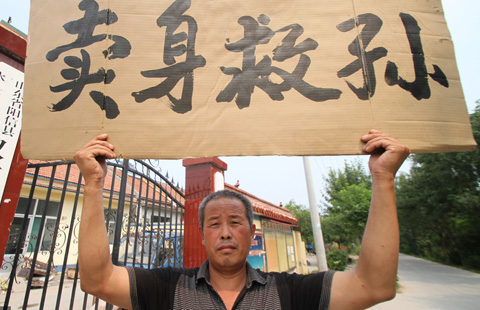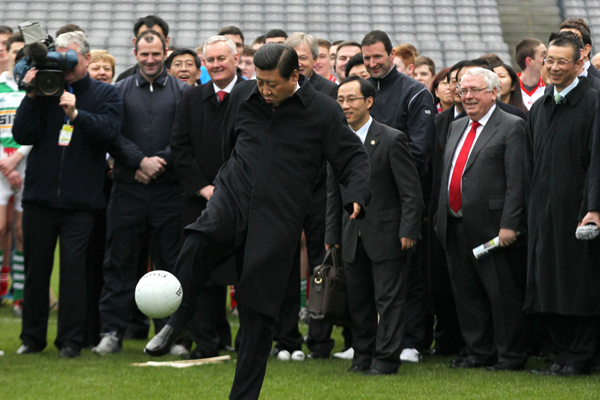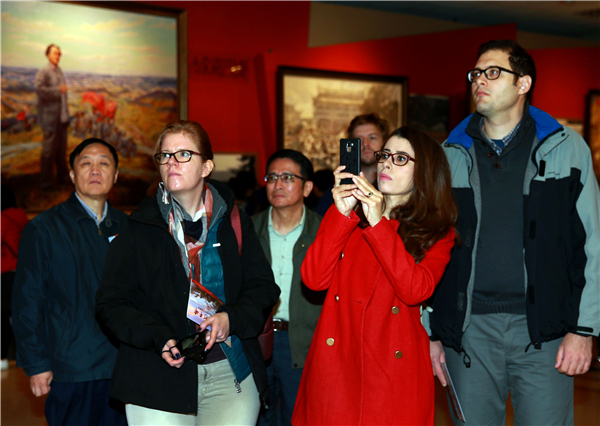Beijing issues blue alert on air pollution
By Zheng Jinran (chinadaily.com.cn) Updated: 2016-10-13 20:24Beijing issued a blue alert for air pollution on Thursday afternoon amid the lingering smog covering the capital since Wednesday, which has seen the major air pollutants readings increase by 10 percent in September.
The air pollution will worsen and reach its peak on Friday at the severe pollution level, the second worst, and then alleviate on Saturday after rainfall hits the capital, the capital environmental protection bureau said on Thursday.
Since September, residents in the capital have seen several rounds of air pollution. And the major air pollutants readings increased, according to the monitoring data from the Ministry of Environmental Protection.
For example, in September, the average reading of PM2.5 – fine particulate matter that's hazardous to human health – reached 55 microgram per cubic meter, a year-on-year increase of 10 percent, the ministry's report said on Thursday.
Like the increase of air pollutants readings in Beijing, many cities, especially in the northern region, also witnessed the deterioration of air quality last month.
All of the 338 domestic cities under regular monitoring have seen the PM2.5 reading increase by 2.9 percent year-on-year in September, Luo Yi, head of the environmental monitoring bureau under the ministry, said on Thursday.
But the readings of major air pollutants including PM2.5 were lowered greatly in the first three quarters. The PM2.5 reading was lowered by 8.5 percent on average per year, the ministry said.
80.3 percent of days in the first three quarters had air quality better than national standards, increasing by 2.6 percent, the ministry said.
Chai Fahe, deputy head of the China Research Academy of Environmental Sciences said the country has made improvements in reducing air pollution in general. However, the increase in September was caused due to disadvantaged weather like frequent windless weather and thermal inversion, which makes it harder to disperse air pollutants.
- Xi: China backs stability and growth in Cambodia
- Li vows anew to ease market access
- Xi: China backs stability and growth in Cambodia
- Hopes rise as visit by Duterte set
- Xi stresses CPC leadership of state-owned enterprises
- New rules reduce conviction errors
- Smart technology to assist cancer treatment
- Li unveils measures to boost ties
- Two suspects held for abducting, raping 12-year-old Vietnamese girl
- China to optimize use of villa construction land











